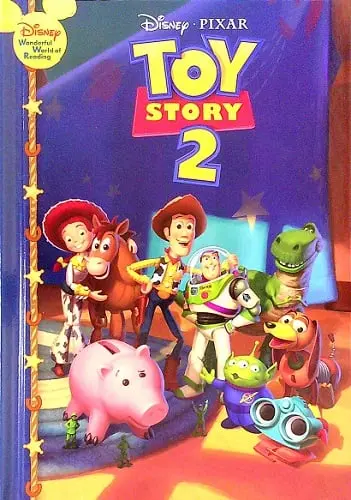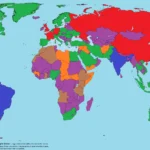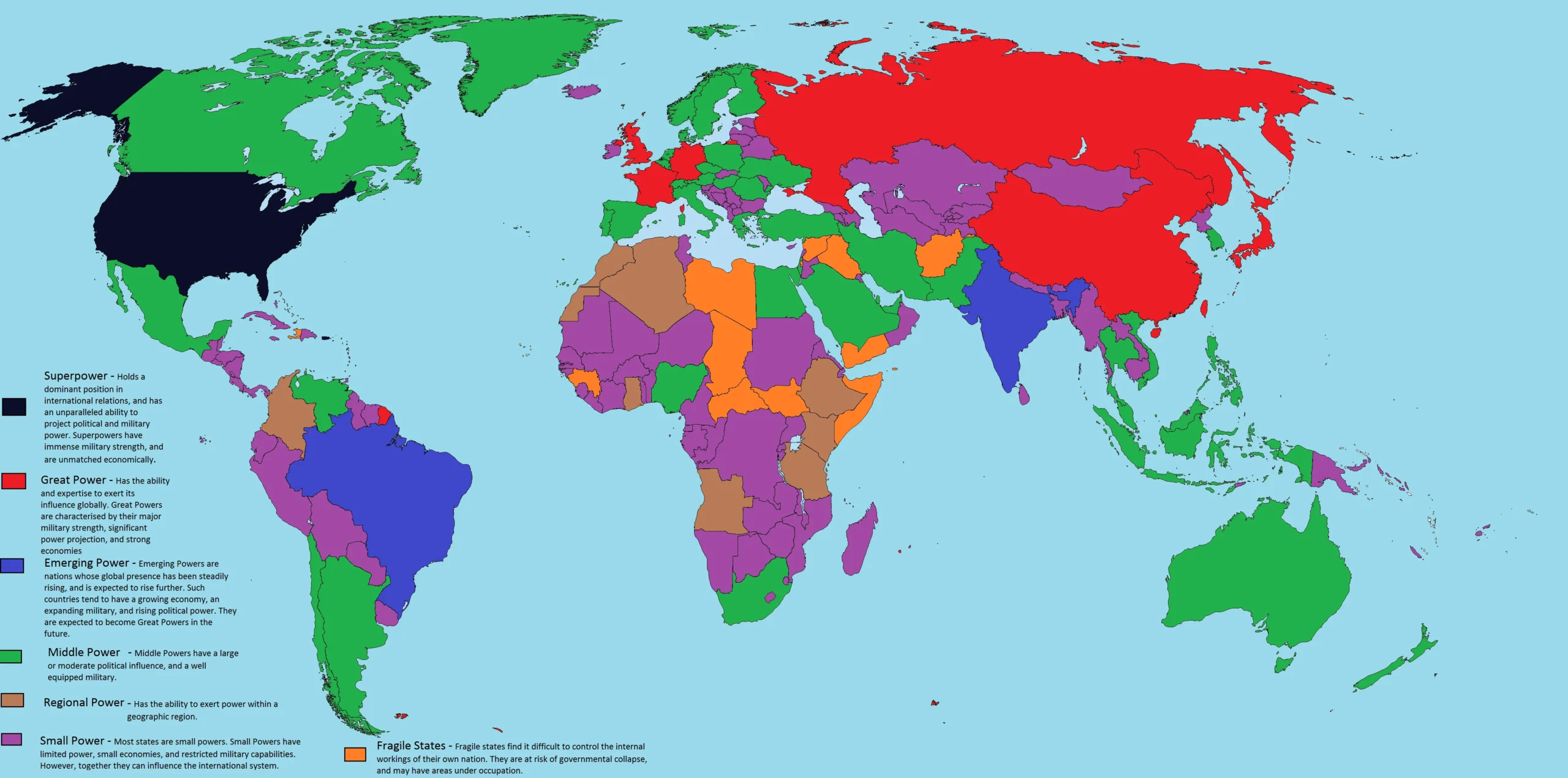Mark Walton: A Journey Through the World of Story Art
Mark Walton is a name that resonates with anyone who appreciates the artistry behind animated films. As a talented story artist, he has been a key player in the development of some of the most beloved animated movies. With decades of experience, Walton has earned a reputation for his expertise in visual storytelling. This article will explore the journey of Mark Walton, his contributions to the animation industry, and the artistry behind his work.
Early Beginnings
Mark Walton’s path into the world of animation wasn’t conventional. Born in the U.S., Walton developed an early interest in art, inspired by cartoons, comics, and his surroundings. His passion for storytelling and illustration grew, leading him to pursue a career in animation. Walton pursued his dream by studying at the renowned California Institute of the Arts (CalArts).
At CalArts, Walton honed his craft, studying under some of the best animators and storytellers of his time. The school’s emphasis on creativity and the importance of storytelling in animation was a perfect fit for Walton’s talents. By graduation, he had the skills to break into the animation industry, which was thriving thanks to Pixar and Disney.
The Road to Pixar: Mark Walton
Mark Walton’s first major break came when, in the 1990s, he joined Pixar Animation Studios. At the time, Pixar was at the forefront of the animation industry, providing Walton with the perfect environment to grow as an artist. He subsequently began working as a story artist on Pixar’s groundbreaking film A Bug’s Life (1998). Through this opportunity, his work showcased his ability to convey emotions and themes effectively through drawings and sketches.

Walton’s contribution to A Bug’s Life marked the beginning of a long and successful partnership with Pixar. He became known for his ability to create compelling, character-driven narratives through storyboarding. His ability to convey emotions, humor, and tension visually made him an invaluable asset to the team. After A Bug’s Life, Walton went on to work on several other Pixar films, including Toy Story 2 (1999), Monsters, Inc. (2001), and Finding Nemo (2003). In each of these films, Walton’s storyboards played a crucial role in shaping both the narrative and visual style. Moreover, his ability to capture a scene’s essence with just a few sketches greatly helped directors and animators visualize the final product.
Bolt and His Work with Walt Disney Animation Studios
In the mid-2000s, Walton joined Disney Animation Studios to work on Bolt (2008), a film about a dog who thinks he has superpowers. Walton, as head of story for Bolt, influenced the film’s entire narrative and visual style. Working as head of story on Bolt was, without a doubt, a transformative experience for Walton. It required him not only to draw storyboards but also, importantly, to guide and mentor other artists in creating the film’s visual narrative. Furthermore, he worked closely with the directors and the creative team to ensure the story was cohesive, engaging, and emotionally resonant. The success of Bolt marked another significant milestone in Walton’s career. It highlighted his ability to lead a team, communicate visually, and preserve the narrative’s integrity. The film earned positive reviews and an Academy Award nomination, solidifying Walton’s reputation as a master of his craft.

Teaching and Mentoring: Mark Walton
In addition to his work as a story artist, Mark Walton has always been deeply passionate about teaching and mentoring the next generation of animators. Furthermore, Walton believes that teaching is an essential part of being a successful artist. He takes great joy in helping others develop their skills and find their unique voice in the world of animation. By passing on the lessons he’s learned over the years, Walton continues to make a lasting impact on the animation industry.
His teaching style emphasizes, first and foremost, the importance of storytelling, creativity, and collaboration. Additionally, Walton encourages his students to embrace their individuality while also, importantly, learning the value of working as part of a team. After all, animation is a collaborative art form, requiring many artists to work together toward a common goal.
Contributions to Animation
Mark Walton’s impact on the animation industry is, without a doubt, immeasurable. As both a story artist and head of story, Walton significantly shaped the visual storytelling of some of the most beloved animated films. Whether through his earlier work on Pixar’s Toy Story 2 or, more recently, on Disney’s Bolt, Walton’s influence on the animation process is undeniably evident in the final product. Walton’s understanding of the emotional and visual elements of storytelling has made him a sought-after artist in the animation world. His work pushed animation boundaries and continues to inspire today’s industry professionals.

Conclusion
Mark Walton’s career is a testament to the power of storytelling and the artistry behind animation. From Pixar to Bolt, Walton has shown that conveying complex emotions through sketches is key to great animation.
As animation continues to evolve, Mark Walton’s influence remains a vital part of the industry. His legacy as a storyteller and mentor will inspire future animators to push creative boundaries, just as Walton did.











